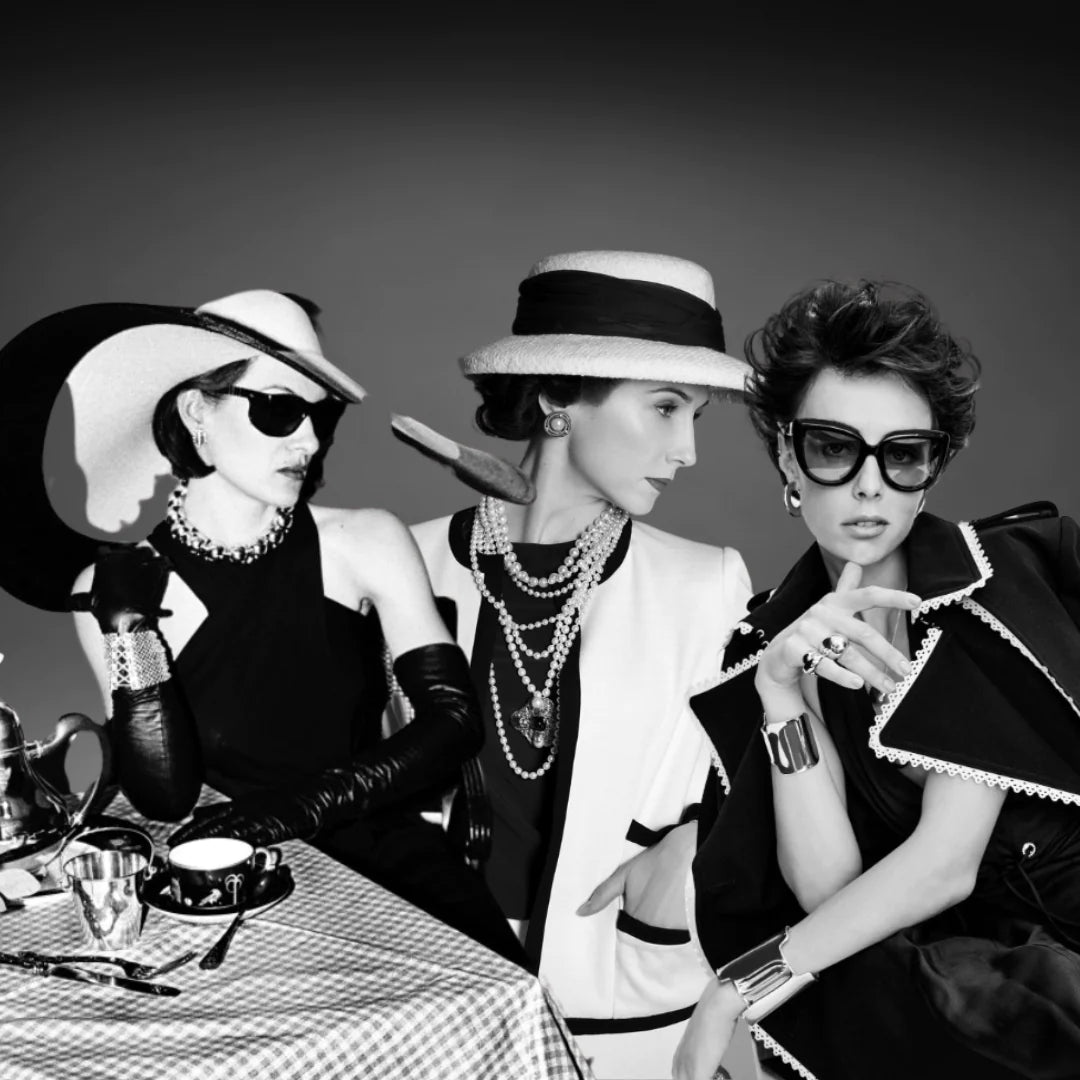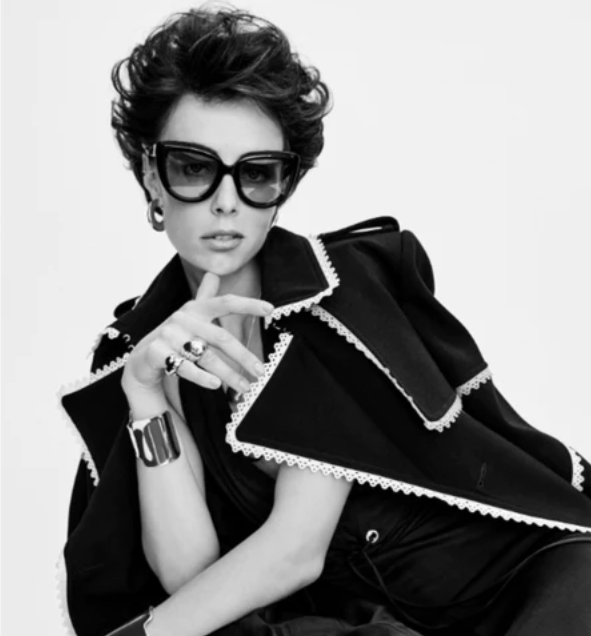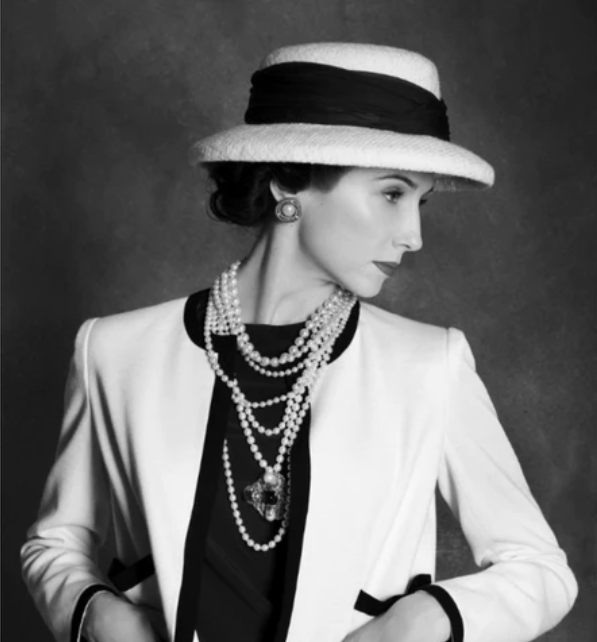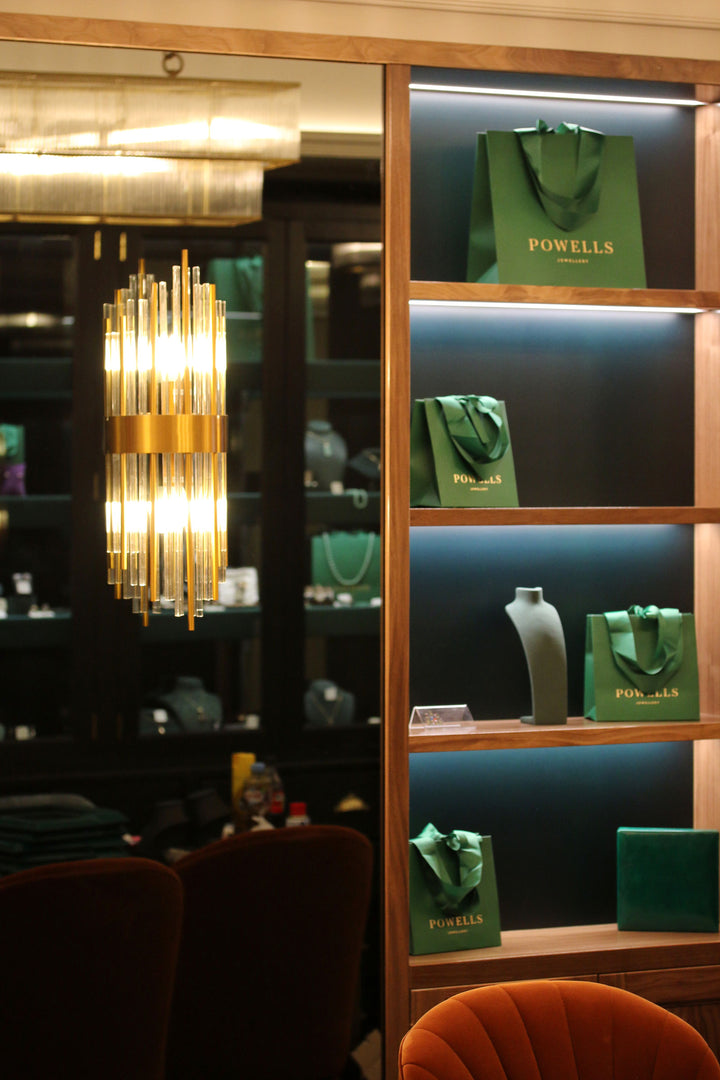Women Who Shaped the Jewellery Industry
The world of jewellery has always been a space where creativity, art, and craftsmanship come together to produce some of the most exquisite pieces of art. Throughout history, many influential women have played a significant role in the shaping of the jewellery industry. The accomplishments of women in the jewellery industry have historically been overlooked and undervalued due to the gender-based biases of society. Women were often relegated to the domestic sphere and not afforded the same opportunities in education and professional development as men. As a result, their contributions to the industry were often dismissed or overshadowed.
It is important to recognize and celebrate the achievements of women in the jewellery industry and work towards creating more opportunities for women to pursue their passions and make significant contributions to the field. By highlighting the work of women in the industry, we can gain a more nuanced and accurate understanding of the industry's history and its potential for the future.
In honour of International Women’s Day, we will be highlighting 3 women who we believe contributed to significant changes and advances in the jewellery industry.
Gabrielle “Coco” Chanel
Coco Chanel was a highly influential figure in the world of jewellery design who not only revolutionised the fashion industry but also changed the way jewellery was worn and perceived. While she began her career as a milliner before branching out into fashion and jewellery design, Chanel introduced a new style of jewellery in the 1920s that was bold, simple and elegant. She believed that jewellery should be worn every day and not just on special occasions. This was a radical departure from the traditional view of jewellery as something that was only worn on formal occasions.
One of Chanel's most significant contributions to the world of jewellery was the introduction of "costume" jewellery. Chanel's costume jewellery was made from non-precious materials such as glass, metal, and rhinestones, which made it affordable for the masses. This was a revolutionary idea as it allowed women from all backgrounds to accessorise their outfits with beautiful pieces of jewellery.
Chanel's jewellery designs were also consider revolutionary as she was known for her use of asymmetry. She believed that symmetry was predictable and instead preferred to create pieces that were unique and individual. This approach to jewellery design was a stark departure from the traditional styles of the time and has had a lasting impact on the industry.
Paloma Picasso
Paloma Picasso, daughter of the well-known Spanish artist Pablo Picasso, left an indelible mark on the industry with her innovative and daring designs. She began her career as a fashion designer, creating her own line of clothing before branching out into the world of jewellery design. Picasso's approach to jewellery design was unconventional and confident, with many of her pieces featuring bold shapes and vivid colours.
One of Picasso's most significant contributions to the world of jewellery was her use of unconventional materials. She was the first designer to incorporate materials such as leather and plastic into her designs, creating pieces that were edgy and unique. Her use of these materials challenged the traditional view of jewellery as something that was made from precious metals and gemstones.
Another key element of Picasso's jewellery designs was her focus on the human form. She believed that jewellery should be worn to enhance the natural beauty of the wearer, and her designs often featured organic shapes and fluid lines that complemented the curves of the body. This approach to jewellery design was a departure from the more rigid and geometric designs of the time and has had a lasting impact on the industry.
Elsa Peretti
Before Elsa Peretti branched out into the world of jewellery, she had a career as a model. Peretti's approach to jewellery design was minimalist, elegant, and timeless. Her designs were inspired by nature and the human form, with many of her pieces featuring fluid lines and organic shapes.
One of Peretti's most significant contributions to the world of jewellery was her use of unusual materials. She was the first designer to incorporate silver into high-end jewellery designs, creating pieces that were accessible and affordable while maintaining a luxurious look and feel. One of her most popular pieces was piece she designed for Tiffany & Co known as the “Bone” cuff, which has become a timeless classic.
What sets Peretti's jewellery designs apart from other jewellery designers was her focus on the wearer. She believed that jewellery should be comfortable and easy to wear, and her designs often featured flexible and lightweight materials that moved with the wearer's body. This approach to jewellery design was a departure from the more rigid and structured designs of the time and has had a lasting impact on the industry.
Coco Chanel, Paloma Picasso, and Elsa Peretti were trailblazers in the jewellery industry, each making a significant impact on the way we view and wear jewellery. Chanel's introduction of costume jewellery made fashion jewellery accessible to a wider audience, while Picasso's bold and unique designs challenged traditional jewellery design and encouraged creativity. Peretti's elegant and timeless designs, which incorporated unconventional materials like silver, made her pieces versatile and wearable for all occasions. Their innovative approaches to design and use of unconventional materials paved the way for more experimentation in the industry, inspiring future generations of jewellery designers and evolving the jewellery industry into what it is today.





